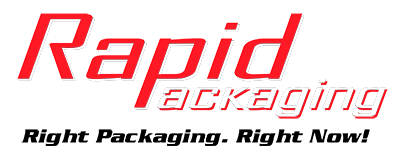Updated: 10-23-2025
Bulk bags (FIBCs) are being used across more industries than ever—construction, food, pharmaceuticals, and more. But when hazardous materials are involved, standard bags aren’t enough. That’s where UN certified bulk bags come in.
These bags meet strict international standards set by the United Nations for safely storing and transporting dangerous goods. The “H” in the labeling stands for hazardous, indicating the bag is approved for use with hazardous materials.
Hazardous Materials Classifications
To be UN certified, a bulk bag must be tested and labeled according to the type of hazardous material it’s designed to carry. These materials fall into eight key classes:
- Class 4.1 – Flammable solids, self-reactive substances, desensitized explosives
- Class 4.2 – Materials prone to spontaneous combustion
- Class 4.3 – Substances that emit flammable gases when in contact with water
- Class 5.1 – Oxidizers
- Class 5.2 – Organic peroxides
- Class 6.1 – Toxic substances
- Class 8 – Corrosive substances
- Class 9 – Miscellaneous dangerous goods
Choosing the right UN bag depends on the specific material you’re handling. Always confirm with your supplier to ensure the bag meets the correct classification.
Labeling and Testing Requirements
UN certified bags must display their classification clearly and permanently. Proper labeling is essential for safe handling and compliance.
These bags also undergo testing, including dropping, stacking, and vibration tests. For details, refer to:
- UN Certified Bulk Bags: Rigorous Testing Procedures (Part 1 of 2)
- UN Certified Bulk Bags: Rigorous Testing Procedures (Part 2 of 2
Buying UN Certified Bulk Bags
Only licensed suppliers can sell UN certified bags. Licensing requires training and certification, plus payment of a licensing fee. Before purchasing, verify that your supplier is authorized to distribute UN bags. If they’re not licensed, they cannot legally sell them.
Conclusion
UN certified bulk bags are required when handling hazardous materials. The “H” label indicates the bag meets UN standards for transporting dangerous goods. Each bag must match the hazard class of the material it’s intended for, and only licensed suppliers can sell them. Always verify certification before purchasing.
Looking for More Information?
 Click here to chat with a UN Certified Bulk Bag specialist about In-Stock Bags.
Click here to chat with a UN Certified Bulk Bag specialist about In-Stock Bags.
Download our Buyer's Guide to UN Bulk Bags and learn all you need to know about purchasing UN Certified FIBCs. By downloading, you'll get access to:
- What makes a UN certified bulk bag different?
- UN Bag ID tag break down
- UN Bag rigorous testing procedures
- Access to a comprehensive Hazardous Materials Chart
Be sure to read this guide before purchasing UN bulk bags!






